Trends
The trend is towards higher speeds, of course. Offices have faster computers, faster Internet and more demanding applications. But does this translate into a need for
Cat6 cable?
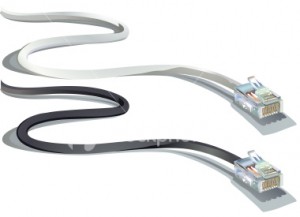 Category 5e and Cat6 Cable
Category 5e and Cat6 Cable
Cat 5e cable is an enhanced version of Cat 5 that adds specifications for far end crosstalk. Cat 5e cable does not enable longer cable distances for Ethernet networks: cables are still limited to a maximum of 100m (328 ft) in length. Each Cat 5e cable can carry up to 100mb/sec of data.
Cat 6 cable carries 1gb/sec of
data and therefore has 10 times the data capacity of Cat 5e.
The Decision Considerations
Cat 6 will not make your Internet speeds faster. Even at fiber speeds, the Internet still only runs at a fraction of Cat 5 speeds. Cat 6 will also not make VOIP phones were better because VOIP uses only 60-90k per phone line. So, VOIP is a very unlikely reason for using Cat6 cabling
The only reason for using Cat 6 is because you are pushing a lot of data over your cable. This is true when you are running applications off of a server as in the case of a virtual PC environment where applications do not reside on the local desktop system. It is also true when you have applications that have very large data files as in CAD/CAM and other demanding graphic
design systems.
A secondary, yet important, consideration is cost. Cat 6 cable is twice as expensive as Cat 5e and it also r
equires Cat 6 jacks, inserts, patch panels and switches. This can add considerably to the overall cost of a project. Any Cat 5 component will slow the connection down to 100mb.
Need more help? Click here to go to a page that will put you in touch with us. Answer all of the questions that you can and we will get back to you with a quote.




 Always study and document the required
Always study and document the required 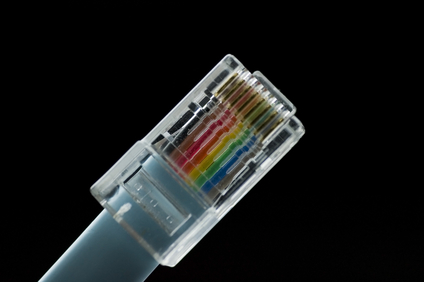
 Given that labor costs for installation are much higher than the material cost for
Given that labor costs for installation are much higher than the material cost for 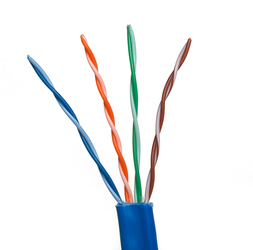
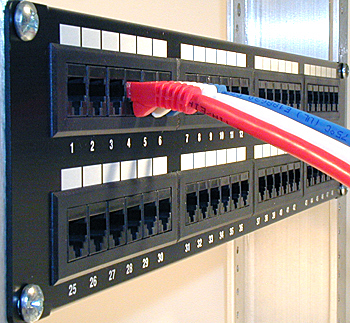
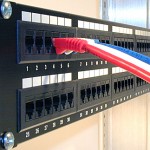 A
A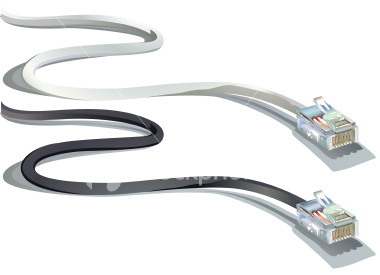
 Category 5e and Cat6 Cable
Category 5e and Cat6 Cable